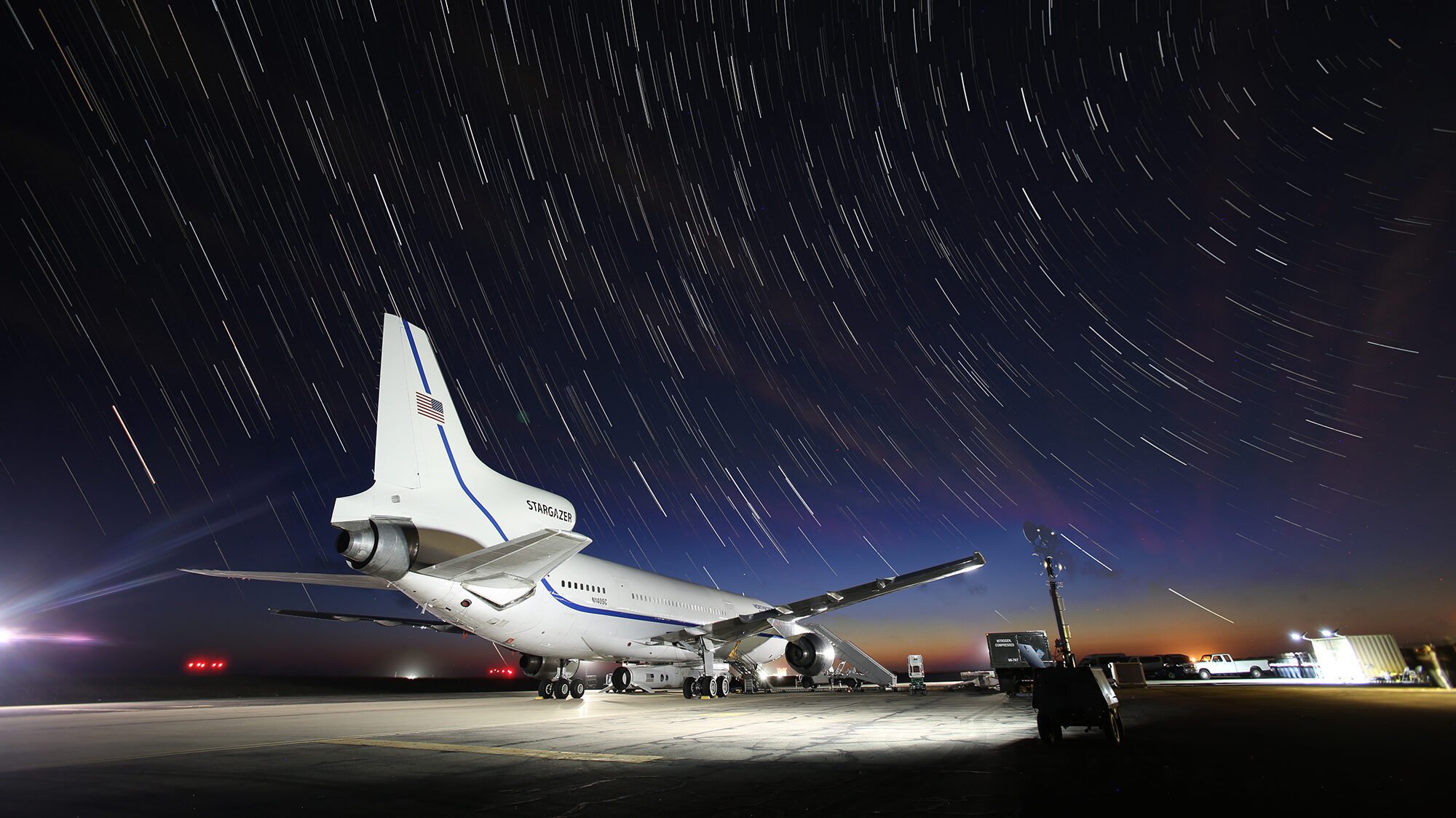MICHAEL MARROW

The Space Force successfully launched its the Tactically Responsive Launch-2 (TacRL-2) mission on a Northrop Grumman Pegasus XL rocket from Vandenberg Space Force Base on June 13, 2021.
SPACE SYMPOSIUM — The Space Force has set a goal of fielding a tactically responsive space capability by the 2025-2026 timeframe, a top service official said Thursday, though the Pentagon still has many details to work out before it can launch satellites practically on-demand if the need arises.
“The ultimate goal for us is to get to an enduring [tactically responsive space] capability by the 2025 or 2026 timeframe,” said Lt. Col. MacKenzie Birchenough, who leads the effort to field tactically responsive space through Space System Command’s Space Safari office, during a panel at the Space Symposium.
Birchenough broadly defined the concept as “the capability to rapidly respond to on-orbit needs on operationally relevant timelines.” In simpler terms, the Space Force wants to be able to get assets into orbit at previously unimaginable speeds — ideally, Birchenough said, within 24 hours after a request.
“As far as the specific needs, we kind of look at two different missions. The first is the ability to rapidly respond to any kind of on-orbit threats. And then the second is, if any of our current assets on orbit were to be degraded or destroyed, having the ability to augment that capability on a very short timeline,” she said.
Various approaches are being evaluated to meet the ambitious goal of tactically responsive space, and Kurt Eberly, who directs Northrop Grumman’s space launch vehicles business unit, said more tests would be needed to figure out the best way to achieve it. “I think now’s the time where we need to figure out what is tactically responsive space, and I don’t think there’s a clear consensus,” he said on the panel.
Eberly said that following a recent reverse industry day, questions were raised on topics like the effectiveness of having on-orbit spares or assets in reserve kept on the ground. “I think there’s a huge trade space here and I’m excited that we’re doing these demos,” he said. “I think in a couple years, you’re gonna have a program and say, ‘This is the capability we need, we can define it and write down the requirements,’ and that’ll allow industry to say, ‘Okay we can respond. We can meet this mission.'”
The Space Force is carrying out tests to gather data on the best ways to execute the tactically responsive space mission, with the first demonstration previously taking place during a June 2021 launch known as TacRL-2 where Northrop Grumman was tasked with quickly integrating a satellite with an air-launched rocket to ready it for liftoff.
In all, former Chief of Space Operations Gen. Jay Raymond said of TacRL-2 at the time, “what normally would have required two to five years, took 11 months.” It was a significant reduction of the previous time required, but still a ways from the objective of fielding an on-orbit capability within 24 hours of a “call-up” for a satellite established by the Air Force’s Rapid Space Launch Initiative that commenced in 2019.
Demos such as TacRL-2 will help sort out the numerous material hurdles for launching new satellites at that rate, as well as evaluating other ways to supplement an on-orbit capability if a satellite goes down. A certain need has to be identified, satellites have to be built and launches need to be coordinated, while accounting for all the variables that are currently plotted out over the course of months or years. Alternatively, the Space Force can leverage available on-orbit assets, either those belonging to the military, international partners, or commercial users, Birchenough said.
Industry panelists appearing with Birchenough said they see a logistical way forward. Jason Kim, chief executive officer of Boeing subsidiary Millennium Space Systems, said one key feature will be ensuring satellites are built with modular open architecture so that “you can mix and match different components really quickly.”
Similarly, Birchenough said that the Space Force needs access to buses that can easily swap out different payloads, adding that though the service is considering all ways to quickly replenish satellites, “we’re moving away from” the idea of paying to keep a bunch of back up satellites on reserve. Instead, Birchenough said that officials are looking to pull payloads off active production lines.
Victus Nox Test
The Space Force is preparing for its next tactically responsive space trial scheduled to take place this year, where a Millennium-supplied satellite will be carried to space aboard a rocket built by Firefly Aerospace.
The mission, called Victus Nox, will give Millennium 60 hours to send a satellite to Vandenberg Space Force Base, Calif., and integrate it with the rocket. Afterwards, though the timeline is not defined, the Space Force will give the order to make the satellite ready for launch within 24 hours, according to a report in Space News.
As the test approaches, Birchenough acknowledged the service is pushing the envelope, but even if it doesn’t go perfectly, it will still offer a critical opportunity to learn lessons and adjust as needed for future demonstrations, such as one planned for calendar year 2024 that she said is in “the very initial stages” of preparation.
“We kind of look at Victus Nox as probably our walk phase, I guess of a crawl, walk, run,” she said, adding that the TacRL-2 represented the “crawl phase.
“We know that what we’re doing with Victus Nox is incredibly challenging and we are really pushing the limits,” she added. “So we know that we’re probably not going to get everything right.”
No comments:
Post a Comment